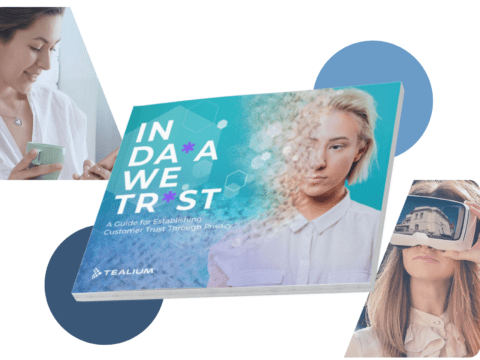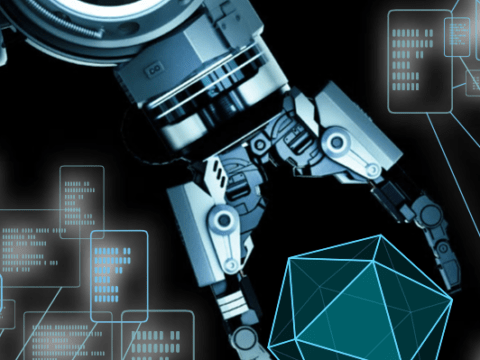
The support landscape has changed. Is your tech stack ready?
The future of support is conversational and connected
It’s official: C-level execs have finally caught up with what savvy support leaders have long known customer support is business critical. With the acceleration of businesses moving online coupled with increasing customer expectations, there’s no denying that customer support is a key customer retention lever.
But under the weight of outdated tools of the past, support teams have struggled to get off the repetitive query treadmill to provide the kind of personal, efficient support that modern customers crave. Juggling outdated, disconnected tools is a recipe for team burnout, customer dissatisfaction, and ultimately, churn. No wonder a recent Forrester Consulting study commissioned by Intercom, Drive Conversational Experiences For A Future-Ready Customer Support Strategy, found that only 37% of support leaders are happy with their current tools.
Luckily, with increasing market pressures comes new opportuni-ties to reinvent. Just like help desks dominated the 2000s and social media took over the 2010s, the next decade-defining category is here – it’s conversational support. Modern support teams are ditching outdated, disconnected tools and adopting all-in-one, conversational, messenger-based solutions to achieve that once-elusive balance between being efficient and providing personal support at scale. And it’s working – 71% of support decision makers agree that scaling conversational support will allow their organization to stay competitive or make them an industry leader.
With a modern conversational support solution, you can combine proactive, self-serve, and human support capabilities, so your team can get ahead of known problems with targeted messages, automatically answer repetitive queries with bots, and quickly resolve complex issues with automation and a human touch.
Powered by a modern business messenger, it scales your ability to answer more questions from more customers without increas-ing headcount, budget, or hours logged. It also integrates with other tools in your business tech stack so you can work seamlessly with other customer-facing teams – like marketing, sales, and product– to help, delight, and retain customers all from one inbox.
Resource Sponsored By

Please fill out the form to access the content








